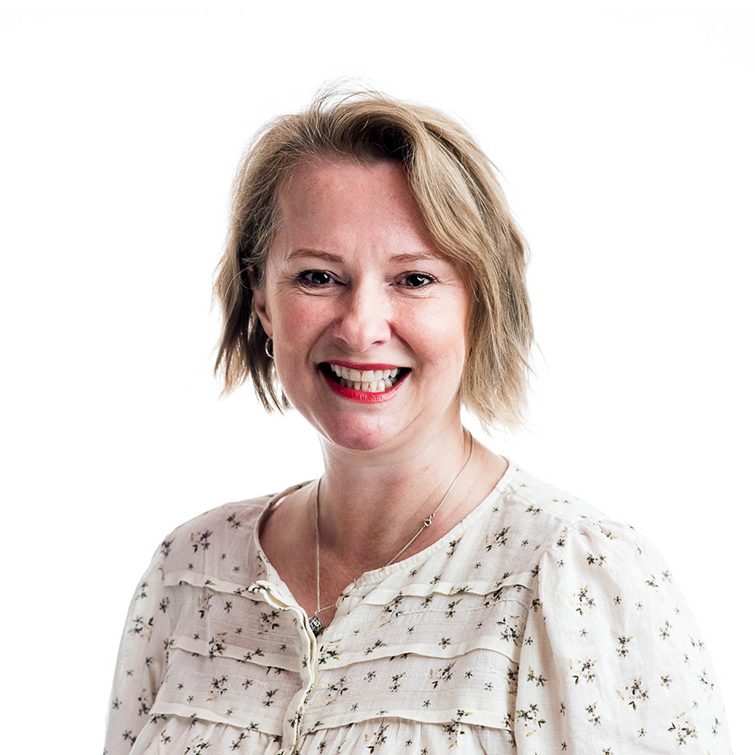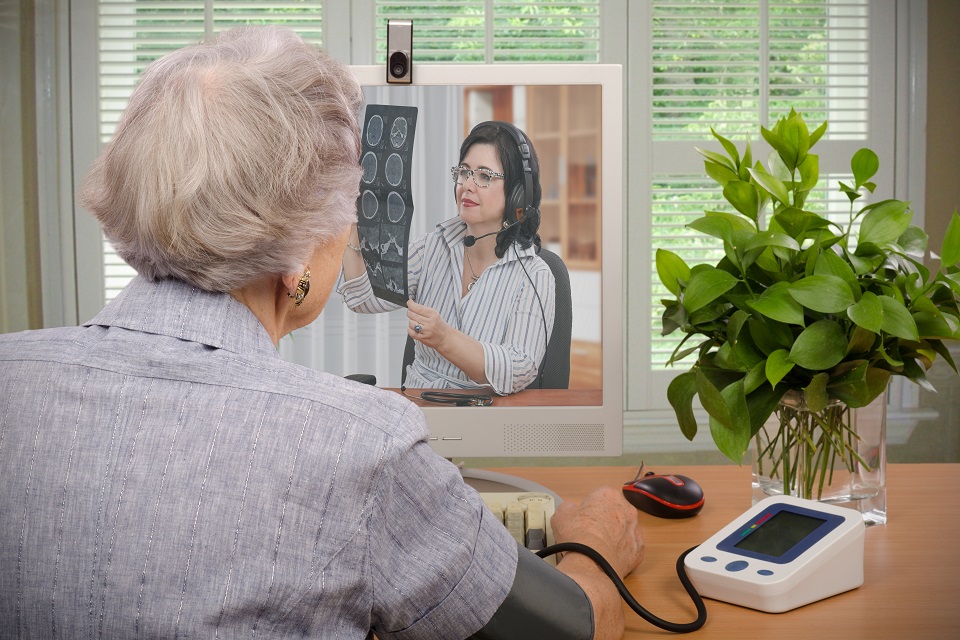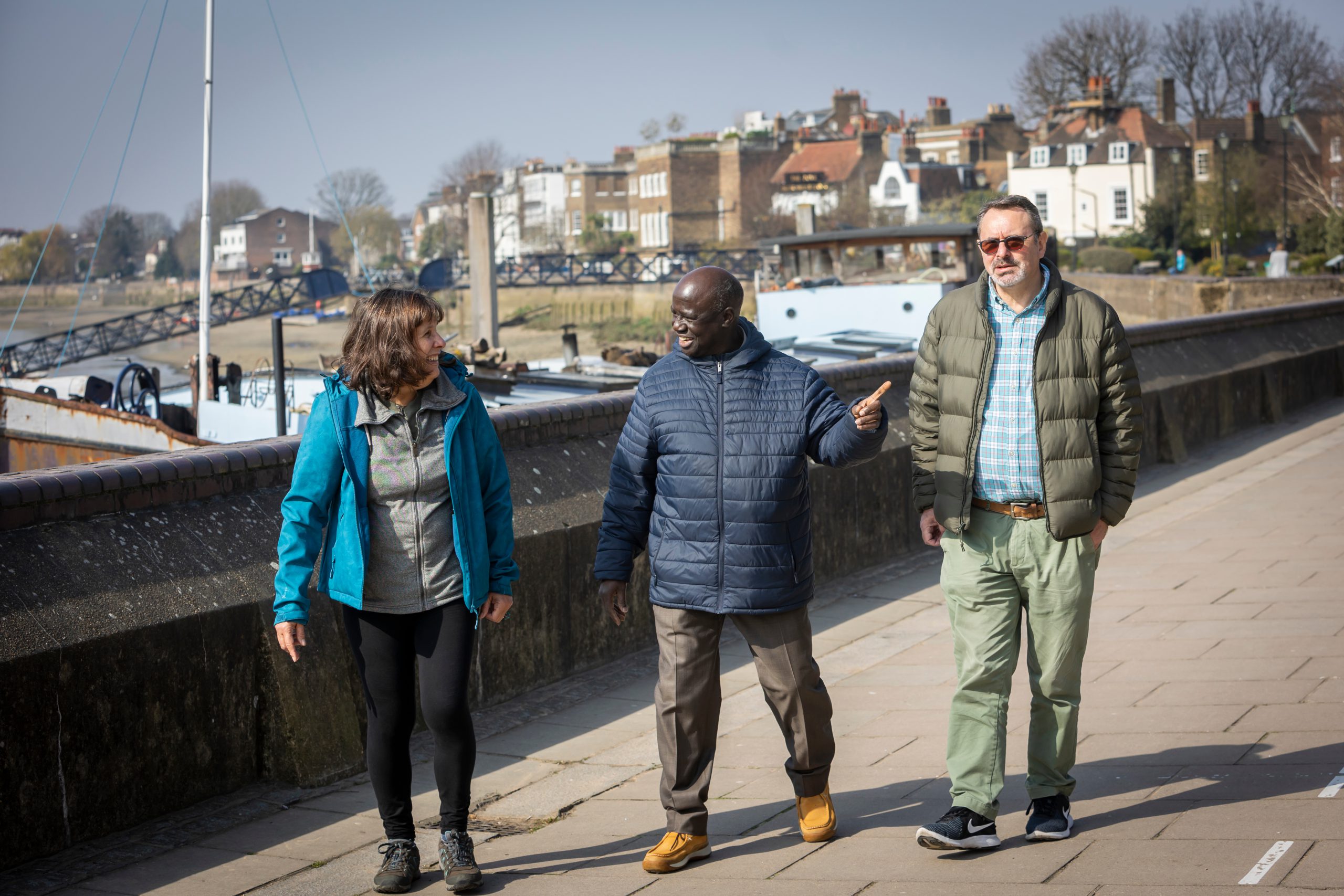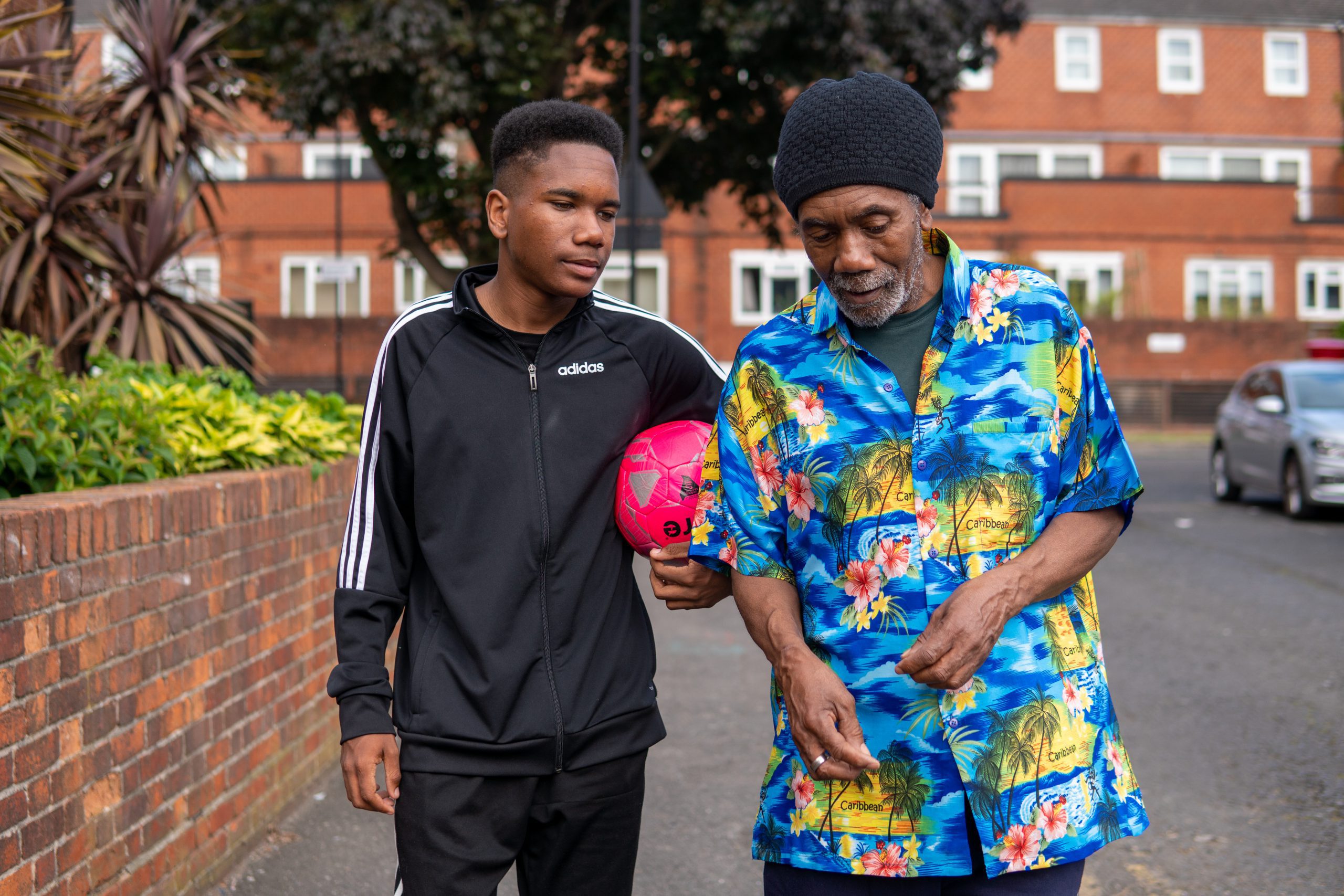Collaboration as a catalyst for positive change in health innovation
The Healthy Lives Community of Practice is a collaborative learning community for business, researchers, investors, policymakers and social ventures. With over 2,500 members, together we explore innovative solutions, exchange insights and best practices.
If you are a business, social venture, researcher, investor or policymaker interested or working in health and care across the UK – we convene, connect and share knowledge in order to catalyse innovation within the health sector. Together, we can innovate to influence human behaviour, helping people to live longer, healthier, happier lives.
How the community can support you
Connecting
Innovators with peers, collaborators and experts to develop technologies and services towards adoption, investment and scale-up
Linking
The supply and demand side of the ecosystem to enable effective co-design
Knowledge-sharing
Pooling and exchanging expertise and resources to raise skillsets within innovators’ organisations
Raising awareness
Policy updates, sector trends, funding opportunities and news relating to health and care
Common health challenges we focus on
The Healthy Lives Community of Practice focusses on innovations that allow people to live long and fulfilling lives, maintaining health and wellbeing in both mind and body. Key health themes we explore include:
- Neurodegenerative conditions
- Mental health & addiction
- Diet, nutrition and weight management
- Physical activity and exercise
- Healthy and active places and homes
- Innovating for better care
- Maintaining health at work
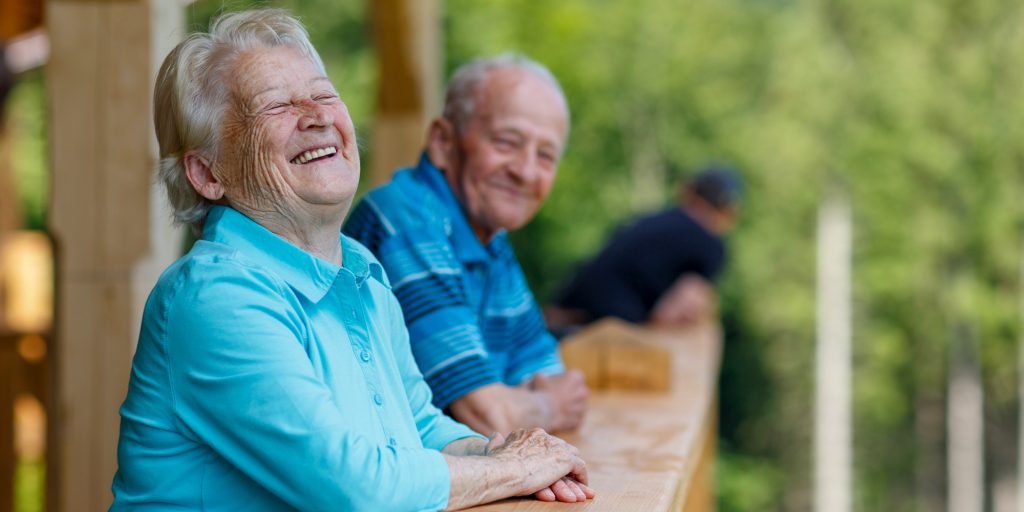
Background to Healthy Lives Community of Practice
The catalyst for the Community of Practice was the Healthy Ageing Challenge, which was a five-year programme focused on helping people stay active, independent, and socially connected for longer. It supported businesses and social enterprises to develop impactful products, services, and business models with the potential to scale, creating lasting impact across the UK. The Adding Life to Years report captures these achievements.
Download report
Our Experts
Explore our community's news and activities
CONNECT
Join our Community of Practice
Join a collaborative learning community for business, researchers, investors, policymakers and social ventures. Connect with like-minded individuals, share knowledge, and learn from others. Together, we can explore innovative solutions, exchange insights and best practices, and contribute to creating inclusive environments that support health at every stage of life.



